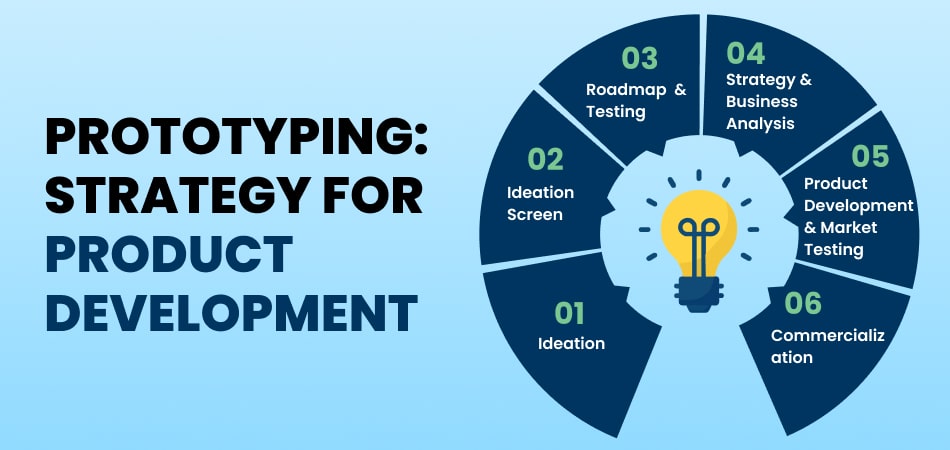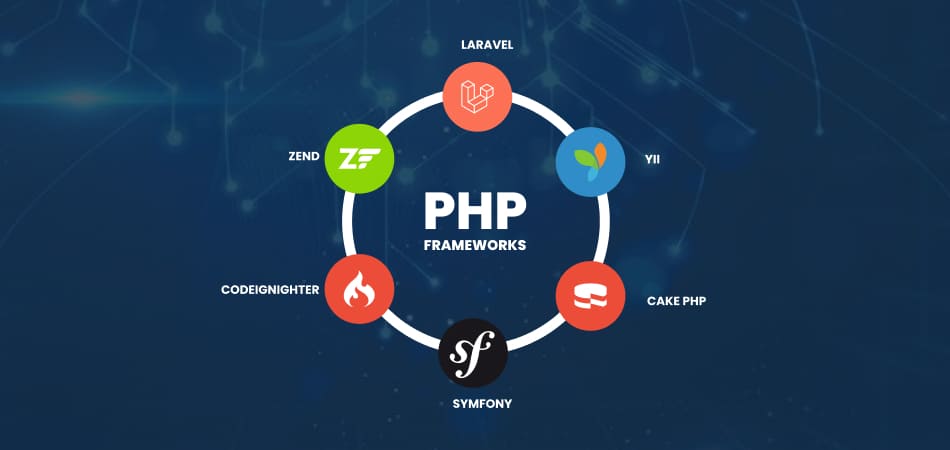Fraud is a widespread risk that cuts across sectors, from finance and banking to online commerce and insurance. Conventional rule-based systems tend to be weak at detecting advanced or novel fraudulent patterns. In such a situation, machine learning (ML) comes in handy. ML utilizes patterns of data, behavioral analysis, and anomaly detection to anticipate and prevent fraud. This article discusses how business organizations are implementing machine learning-based fraud detection with specific algorithms used, applications, implementation plans, and quantifiable business value obtained.
Why Machine Learning for Fraud Detection?
Fraud detection presents unique challenges due to the dynamic and evolving nature of fraudulent behavior. Static rule-based approaches often fail to catch new types of fraud or generate too many false positives. Machine learning addresses these issues by:
- Getting knowledge from past data and adjusting to emerging fraud trends.
- Reducing false positives and improving accuracy.
- Detecting complex and subtle fraud techniques.
- Enabling real-time or near-real-time detection.
Companies adopt ML-based solutions to minimize financial loss, enhance customer trust, and comply with regulatory requirements. Compared to traditional systems, ML allows for continuous improvement as models learn from newly identified fraud cases.
Why Use Machine Learning to Detect Fraud?
- Fraud detection is distinct in that fraud patterns change quickly. Static rules are not well-equipped to recognize new fraud and may produce high false positives. Machine learning responds to these because
- Acquiring knowledge from historical data and adapting to new fraud patterns.
- Minimizing false positives and maximizing accuracy.
- Identifying sophisticated and subtle fraud methods.
- Facilitating real-time or near-real-time detection.
- Businesses implement ML-based solutions to reduce financial loss, increase customer trust, and meet regulatory needs. In contrast to conventional systems, ML enables ongoing improvement since models learn from newly discovered fraud cases.
Use Cases of ML in Fraud Detection
Use Cases of ML in Fraud Detection
Insurance Claim Fraud: ML algorithms check for claim validity by comparing new claims with old data and patterns of behavior. Models seek out patterns of irregular claim histories, repetitive claims, and inconsistent data.Loan Application Fraud: Banks utilize ML to compare applicant data with available datasets to identify identity theft, synthetic identities, or forged documents.E-commerce and Retail Fraud: ML detects fake reviews, account takeovers, and payment fraud by examining login patterns, device fingerprints, and behavioral anomalies.Telecom Fraud Detection: Detects SIM cloning, fraudulent usage patterns, or foreign call fraud with ML-based anomaly detection. Telecom companies leverage ML to track call duration, frequency, and location in real time.
Healthcare Fraud: Identifies medical billing anomalies, fraudulent insurance claims, and identity theft. ML can correlate treatment records with diagnosis codes to detect overbilling.
Government & Public Sector Fraud: Identifies misappropriation of social security benefits, tax evasion, and procurement fraud. Such systems process structured and unstructured data from a number of different departments.
Utilized Machine Learning Algorithms Various fraud detection jobs are best suited for distinct machine learning methods. Below is a table highlighting commonly used ML algorithms in fraud detection and their characteristics:
| Algorithm | Type | Use in Fraud Detection | Pros | Cons |
| Logistic Regression | Supervised | Binary classification (fraud/not fraud) | Simple, interpretable | Limited with complex patterns |
| Decision Trees | Supervised | Rule-based fraud identification | Easy to understand | Can overfit |
| Random Forest | Supervised | Ensemble of decision trees for robust detection | Handles large datasets, reduces overfitting | Slower in prediction |
| Gradient Boosting (XGBoost) | Supervised | High-performance fraud prediction | High accuracy, handles imbalance well | Complex, harder to interpret |
| K-Nearest Neighbors (KNN) | Supervised | Finds similar past behavior | Good with smaller datasets | Slow with large data |
| Neural Networks (ANN) | Supervised | Complex pattern recognition | Excellent with high-volume, non-linear data | Requires lots of data & tuning |
| Support Vector Machines | Supervised | Separates fraud from non-fraud in high-dimensional space | Effective in outlier detection | Computationally expensive |
| Isolation Forest | Unsupervised | Detects anomalies without labels | Effective for novel fraud patterns | Not good for all data distributions |
| Autoencoders | Unsupervised | Detects anomalies via data reconstruction error | Good for detecting subtle anomalies | Requires deep learning expertise |
| Bayesian Networks | Supervised | Uses probability models to detect fraud patterns | Can handle uncertainty well | Performance depends on quality priors |
How Companies Implement ML-Based Fraud Detection Systems

1. Data Collection and Preprocessing:
-
-
- Accumulate transactional, behavioral, and demographic information.
- Pre-clean data to eliminate noise and inconsistencies.
- Standardize and normalize data for better model performance.
- Tag historical data for supervised learning.
-
2. Feature Engineering:
-
-
- Determine important features such as transaction amount, purchase time, frequency, IP address, and device ID.
- Extract new features such as velocity (quantity of transactions in time), average transaction size, or behavioral deviance.
- Employ domain knowledge to optimize feature selection for improved model accuracy.
-
3. Model Selection and Training:
-
-
- Select relevant algorithms based on the type and quantity of data.
- Divide data into training, validation, and test sets.
- Use cross-validation methods to avoid overfitting.
- Deal with class imbalance using methods such as SMOTE (Synthetic Minority Oversampling Technique).
-
4. Model Evaluation:
-
- Utilize measures such as precision, recall, F1-score, AUC-ROC, and confusion matrix to evaluate performance.
- Examine false positives and false negatives for business effect.
- Conduct a cost-benefit analysis to achieve a security vs. user experience balance.
Benefits of ML in Fraud Detection
- Availability: Analyze millions of transactions simultaneously without performance degradation.
- Accuracy: ML reduces both false positives and false negatives.
- Speed: Enables instant decision-making at scale.
- Adaptability: Continuously evolves to catch new fraud tactics.
- Cost-Efficiency: Reduces the need for manual review teams.
- Regulatory Compliance: Provides audit trails and data lineage for compliance reporting.
Challenges Companies Face in ML-Based Fraud Detection
- Imbalanced Datasets: Most fraud datasets are heavily skewed, with a tiny percentage of fraud cases. This imbalance can lead to models that are biased toward predicting non-fraud.
- Data Privacy and Compliance: Collecting and processing user data must comply with GDPR, HIPAA, or other local data protection regulations.
- Model Interpretability: Black-box models like deep neural networks make it hard for analysts and regulators to understand how fraud decisions are made.
- Evolving Fraud Tactics: Fraudsters continuously evolve their strategies, requiring dynamic models that can adapt quickly.
- Integration with Legacy Systems: Many financial institutions rely on legacy systems that may not support modern ML infrastructure or APIs.
- False Positives: High false positives result in poor customer experience and unnecessary operational costs.
Real-World Examples
- PayPal: Uses deep learning and ensemble models to score transaction risks in real time. They also apply user behavior analytics to flag account takeovers.
- American Express: Employs gradient boosting machines (GBMs) to monitor and evaluate millions of card transactions daily.
- Amazon: Detects fake reviews, gift card fraud, and seller manipulation using supervised ML and NLP-based sentiment analysis.
- Zelle (Payment Platform): Combines supervised classification models with unsupervised anomaly detection to monitor suspicious peer-to-peer transfers.
- Alibaba: Implements graph-based fraud detection to identify fraudulent networks and buyer-seller collusion.
Future Trends in ML-Based Fraud Detection

- Federated Learning: Enables model training across decentralized data sources while preserving user privacy. Facilitates collaboration among financial institutions without exposing raw data.
- Explainable AI (XAI): Offers explanations of model decision-making, essential for compliance and customer transparency.
- Graph-Based Fraud Detection: Illustrates user and transaction relationships as nodes and edges, assisting in the detection of fraud rings or collusion networks.
- AutoML for Fraud Detection: Automates model tuning, feature selection, and deployment to lower time-to-value.
- Real-Time Threat Intelligence Integration: Integrates threat feeds and internal ML models for a complete understanding of fraud threats.
- Hybrid Models: Exposes rule-based systems and ML for multilayered defense with improved explainability and adaptability.
Conclusion
Machine learning is transforming the way businesses deal with fraud detection. From credit card fraud detection to tracking bulk digital transactions in real-time, ML provides smart, adaptive, and extremely accurate solutions. It not only enhances detection but also guarantees an improved user experience and operational effectiveness.
With more advanced fraud methods being developed, organizations need to invest in scalable and smart systems in order to remain ahead. Machine learning—along with technologies such as federated learning, explainable AI, and graph-based analytics—will be key to developing future-proof fraud prevention environments.



